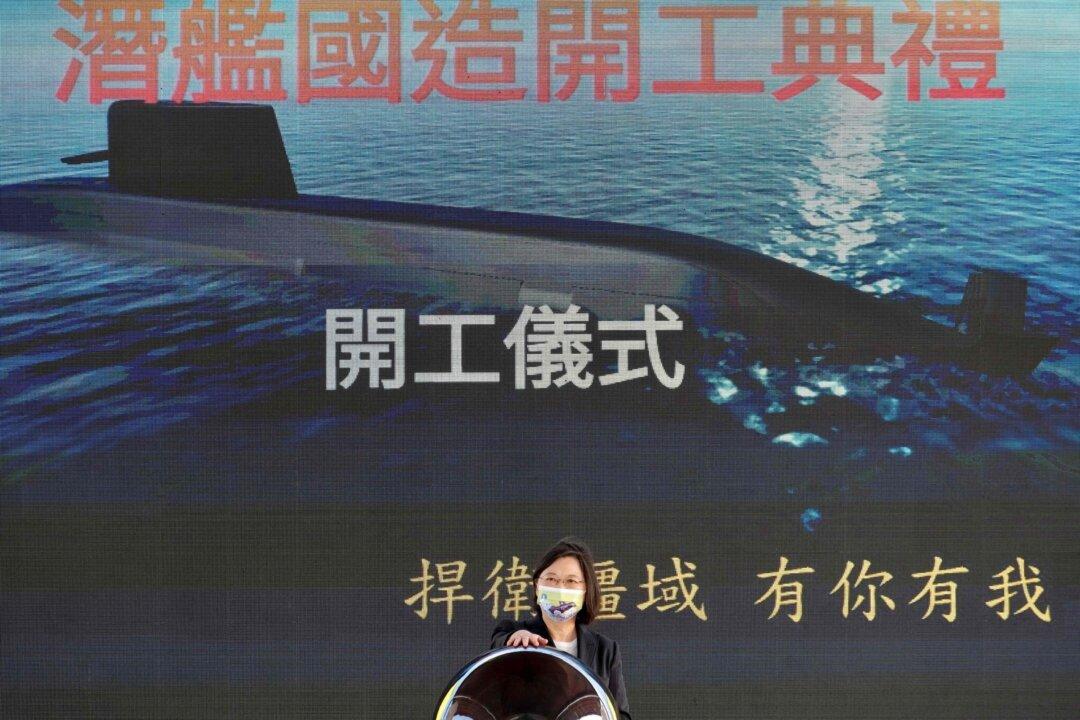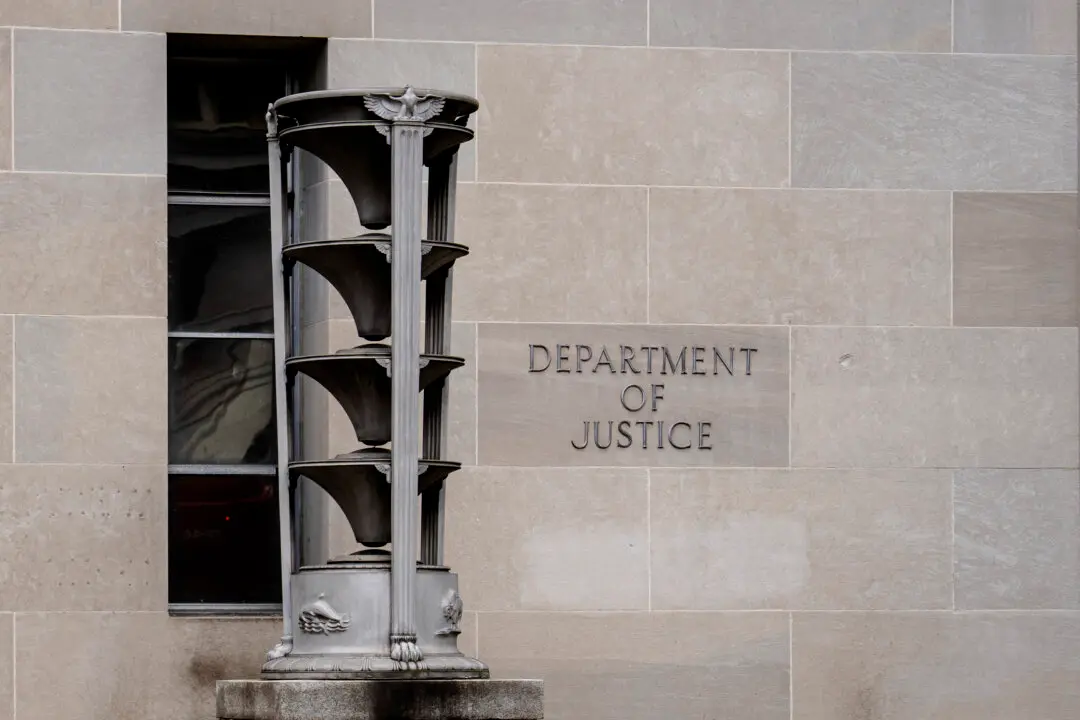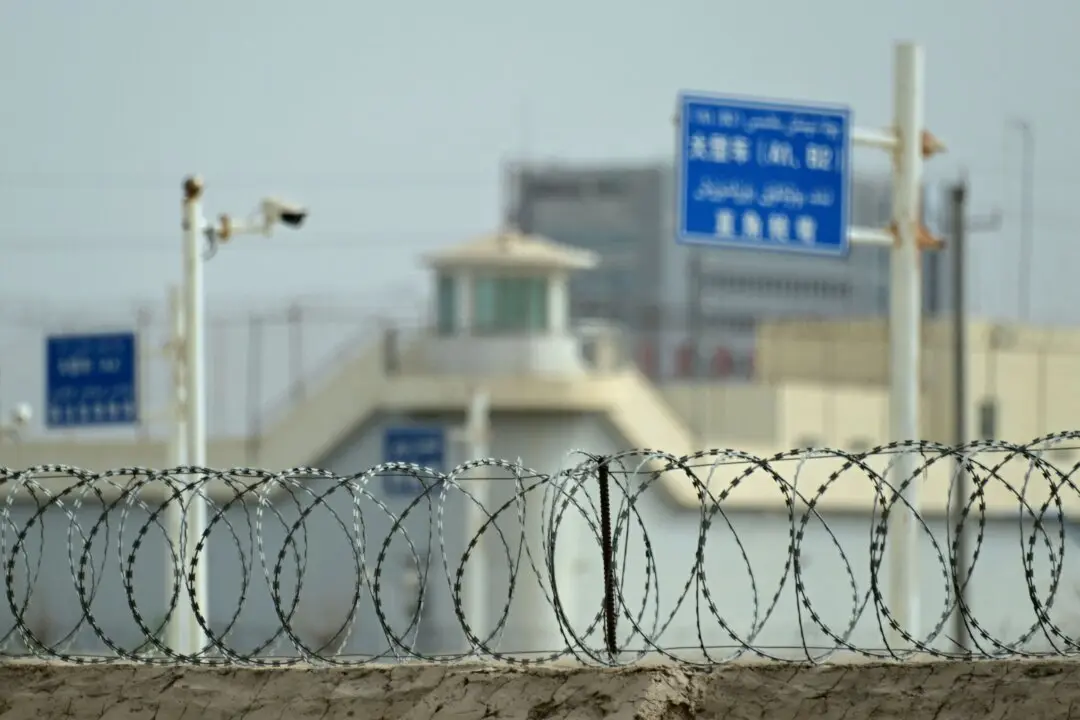Taiwan will begin testing its first indigenous defense submarine (IDS) next week, designed to serve as a deterrent against China’s possible blockade of the self-ruling island, a defense official said Tuesday.
Adm. Huang Shu-kuang, convener of the IDS program, said that Taiwan will test its first domestically built submarine on Sept. 28, with harbor acceptance tests scheduled to begin on Oct. 1.





